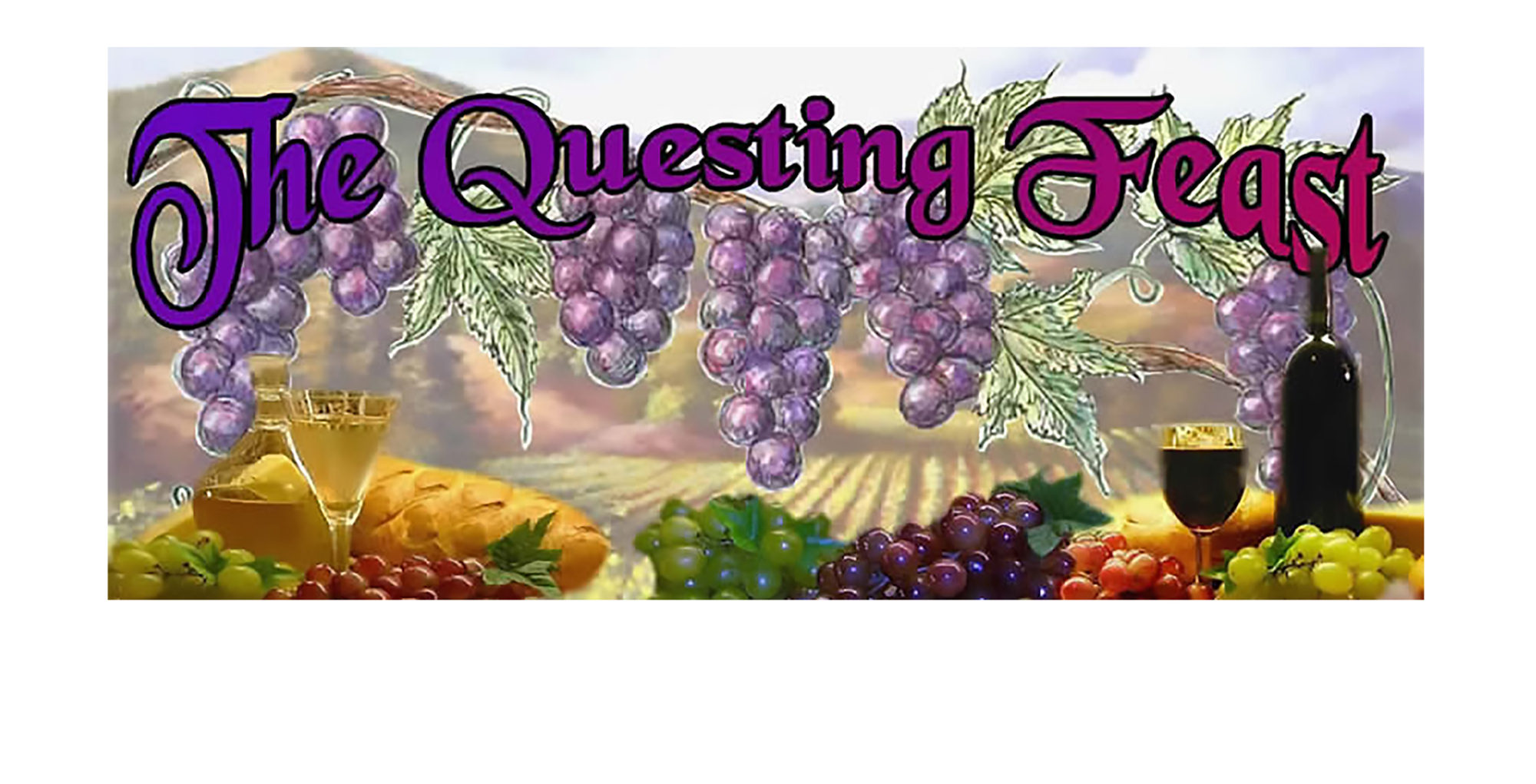Fava Beans; in the words of Saint Martha, this is a good thing. In the garden and in the kitchen, Fava beans are a marvel. The name is a bit misleading since Fava beans aren’t really beans at all but a vetch, which is in the pea family. Favas are a cool weather plant. If you plant them in October or November, you can be eating them by early spring. If you have problem soil, Favas are an excellent crop. They put a lot of nitrogen into the soil and for those of you cursed with clay and adobe, as I am, they help to break up the soil. You may plant them any time in late autumn until the soil becomes too cold or wet to work. The truly great thing about Favas is their versatility. They are edible at all stages of their development.
The tender young leaves are nice in salads, or lightly cooked and served with a bit of olive oil and Balsamic or red wine vinegar. The very young pods may be used as you would any green bean. When the beans have developed inside the pods, shell them out and cook fresh. They have a wonderful flavor and buttery texture. And, once they are large and beginning to dry, allow the plants to dry and when the beans are harvested and shelled out they may be stored and cooked like any dry bean. They have an outer shell that should be removed. I have several dry Fava bean casseroles that I love.
Fava beans require no special care or conditions. They will grow in almost any soil and will survive in a large range of climates. They will not do well in the middle of summer or in the hottest climates. I often plant them under my winter mulch. They grow up through it, giving the mulch a helping hand in breaking up the soil and adding nutrients.
Unfortunately, they are not the prettiest of plants. They tend to be leggy and sprawl all over the place but this is a small price to pay given the multiple benefits.
Where do you get Fava beans to plant? At any health food store or other grocer that sells bulk beans, rice, herbs etc.
If one is of Mediterranean decent, you may find that Fava beans can give you indigestion.Warning: Be sure you get FAVA BEANS, not LUPINI BEANS. They look very similar, however, Lupini beans are extremely bitter and inedible unless you know how to leach them.

